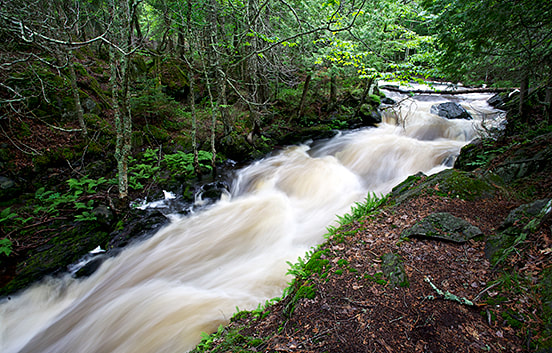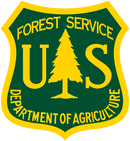WILD AND SCENIC RIVERS
Framed by the five-year window between the 50th anniversary of the WSR Act and the federal Clean Water Act, the U.S. Forest Service, Bureau of Land Management, and National Park Service have partnered with Adventure Scientists to survey water quality on protected rivers across the country, providing needed data at an unprecedented scale.
Data That Drives Change
These data will empower managers of these rivers to preserve water resources that support wildlife, recreation, fishing, and human communities.
We need rafters, canoers, kayakers, hikers, and others to help us collect data on Wild and Scenic Rivers across the country.



Our Partners
Our partners at the USFS, BLM, and NPS as well as 40 state agencies have requested these data to better understand the water quality status and conditions on these rivers.
State water quality agencies will use the data to inform their management decisions to comply with the Clean Water Act and supplement existing data to prioritize future assessments.
In the Field
We carefully train volunteers and provide equipment to collect in-stream data on water quality. In addition, volunteers will assess habitat, survey invasive species, and collect grab samples at select sites.
On Utah’s Wild and Scenic Green River, Adventure Scientists volunteers Lindsay Hunt and Sean Tropsa share why they love adventuring for science and what it’s like to collect water quality data that will help protect Wild and Scenic rivers into the future.
Keep Up With the Project
PRIORITY RIVERS
The map below illustrates the Wild and Scenic Rivers that will be sampled between 2020 and 2023. The highest priority rivers include unassessed/unknown water quality status (red/orange lines) as well as select impaired (black lines) and good (green lines) status rivers. Colored areas are the land management agencies used to access these rivers.
To view the legend select the double arrows in the top left corner of the map.



